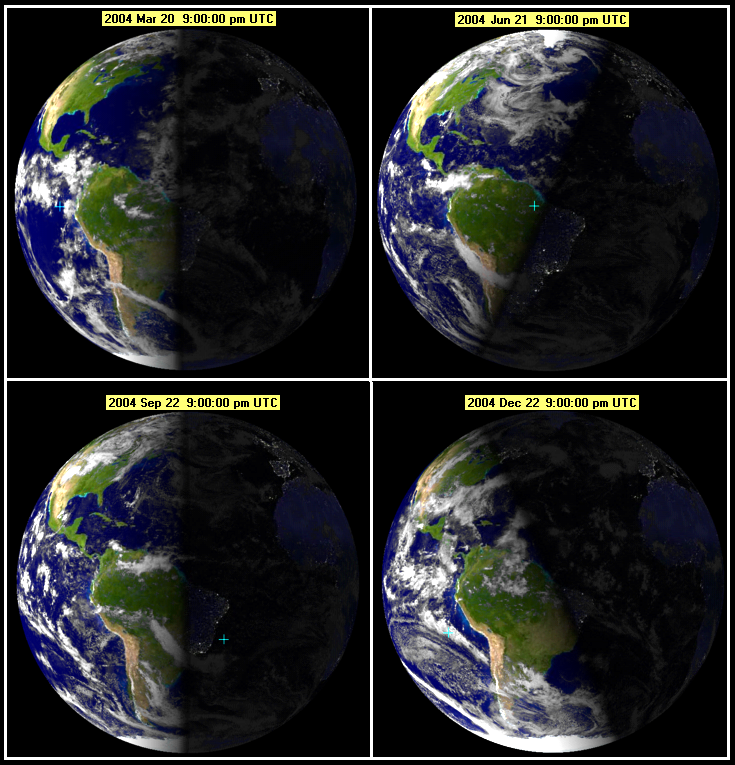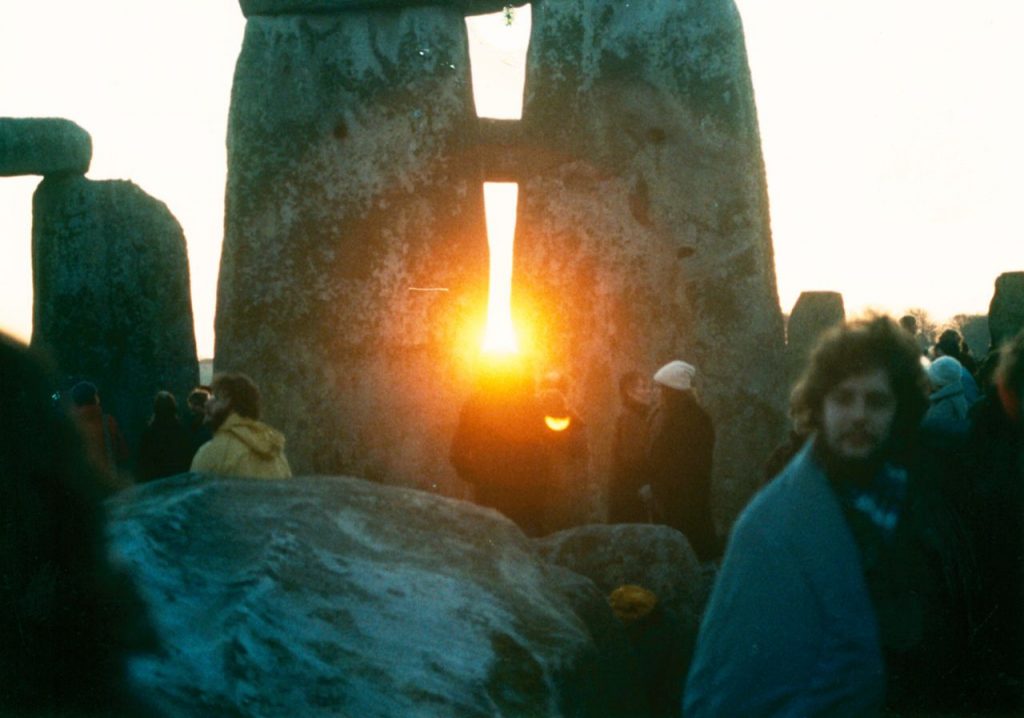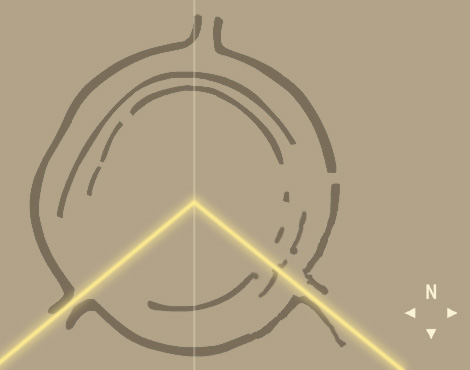The winter solstice is again upon the Northern Hemisphere, and though the year’s shortest day heralds the onset of winter it also promises the gradual return of the sun after a prolonged period of darkness. That there are holidays at the time of this astronomical event is no coincidence. Since ancient times, people have celebrated the solstice and observed it with many different cultural and religious traditions. Some of them survive to the present day, but not always in the form you might expect.

In the Northern Hemisphere, the winter solstice always occurs on or about December 21 and marks the beginning of the winter season. As many people notice, it’s the shortest day of the year, featuring the least amount of daylight between sunrise and sunset.
In the Southern Hemisphere, this is the time of the summer solstice and the longest day of the year. From now on, as the northern days grow longer so do the southern days get shorter.
The term solstice means “sun stands still.” On the year’s two solstices (winter and summer) the sun appears to halt in its incremental journey across the sky and change little in position during this time. Of course, contrary to appearances from Earth, the sun’s “changing position” throughout the year is actually caused by the rotation of the Earth on its tilted axis as it circles the sun each year.
The solstice occurs twice a year (around December 22nd and June 21st) when the sun is farthest from the tilting planet’s celestial equator.

For half of each year the North Pole is tilted toward the sun, and for half of the year the South Pole enjoys that privilege. This phenomenon creates our changing seasons, because the hemisphere facing the sun receives longer and more powerful exposure to sunlight.
In the Northern Hemisphere, the winter solstice occurs in December when the tilting of the earth makes the sun appear to be furthest to the south and furthest away. In the Southern Hemisphere, both the seasons and solstices are reversed.
Winter Solstice Has Been Celebrated Since Ancient Times
The holiday timing of the winter solstice is rooted in ancient religions. Throughout history, humans have observed this seasonal milestone and created spiritual and cultural traditions to celebrate the rebirth of sunlight after the darkest period of the year.
Modern pagans attempt to observe the solstice in the traditional manner of the ancients. There is a resurgent interest in more traditional religious groups that is often driven by ecological motives. These people do celebrate the solstice itself.

Many more people observe the solstice while participating in modern holidays – even if they do not always realize the connection.
The Solstice Christmas Connection
Scholars don’t agree about the exact origins of Christmas. In the early years of the Christian church, the calendar was centered around Easter. Nobody knows exactly where and when (perhaps in Egypt) they began to think it suitable to celebrate Christ’s birth as well as the passion cycle (the crucifixion and resurrection).
Eastern churches traditionally celebrate Christmas on January 6, a date known as Epiphany in the West. The Gospels do not specify when Christ was born, so the date may have been originally chosen because of the belief that the season of Christ’s conception would be that same as that of his death and resurrection.
But the new celebration soon became co-mingled with traditional observances of the solstice.

As the Christmas celebration moved west, the date that had traditionally been used to celebrate the winter solstice became sort of available for conversion to the observance of Christmas. In the Western church, the December date became the date for Christmas.
Traditional solstice celebrations existed in many cultures. The Roman feast of Saturnalia, honoring the God Saturn, was a weeklong December feast that included the observance of the winter solstice. Romans also celebrated the lengthening of days following the solstice by paying homage to Mithra—an ancient Persian god of light.
Christian leaders of the time endeavored to attract pagans to their faith by adding Christian meaning to these existing festivals.
This gave rise to an interesting play on words. In several languages, not just in English, people have traditionally compared the rebirth of the sun with the birth of the son of God.
While religious observance of the winter solstice is not as common as it once was, many in the Northern Hemisphere will surely give thanks for the slow but steady return of the sun.












[…] post Winter solstice is today and is a cause for celebration since ancient times appeared first on STRANGE SOUNDS – AMAZING, WEIRD AND ODD […]
[…] post Winter solstice is today and is a cause for celebration since ancient times appeared first on STRANGE SOUNDS – AMAZING, WEIRD AND ODD […]